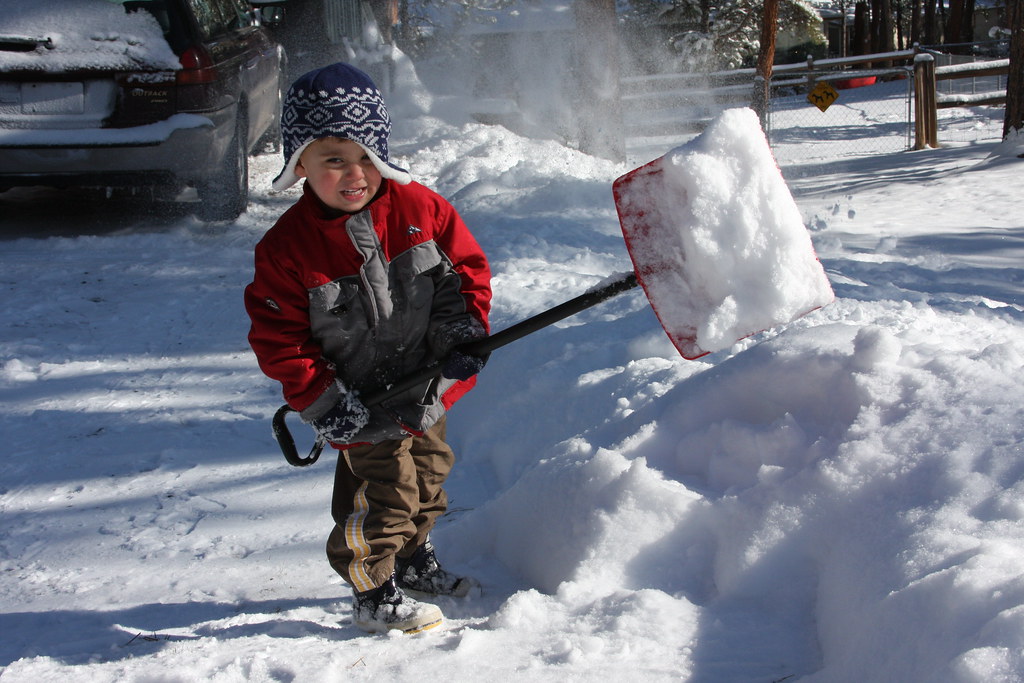Being diagnosed with osteoporosis as well as a bone fracture can be a scary endeavor. You may find yourself afraid to engage in activities that could potentially cause a new fracture or worsen your existing injury. However, following a treatment plan created and supervised by a physical therapist can not only help you get back on your feet, but also help you feel confident about doing so.
What is osteoporosis? Osteoporosis is a disease of the bones, occurring when an individual loses too much bone mass or density, fails to create enough bone mass or density, or a combination of both. This results in your bones becoming fragile and susceptible to break from a minor fall, or in more serious cases, from everyday actions like knocking into furniture. The term osteoporosis means “porous bone.” Under a microscope,a healthy bone looks like a honeycomb, while in someone with osteoporosis, the holes and spaces in the bone are much larger, signifying a loss in bone density and mass. As your bones become less dense, they become weaker and more likely to fracture or break.
How can a Physical Therapist help? For many people, they do not know they have osteoporosis until they suffer a fracture from an activity that usually would cause them no difficulty in their younger years. For example, some patients can endure a spinal fracture in their vertebrae from something as simple as rolling over in their beds. In these cases, a physical therapist can teach their patients how to go about their daily activities while managing the pain of their fracture, and doing resistive exercises to strengthen the surrounded areas and aid recovery.
The best way for someone suffering with osteoporosis to prevent fractures and injury is to work with a physical therapist for preventative care. A physical therapist can teach their patients measures to avoid hurting themselves, such as lifting without using your back, move without twisting the spine, fall prevention strategies, and practicing exercises that are safe and keep patients active.
